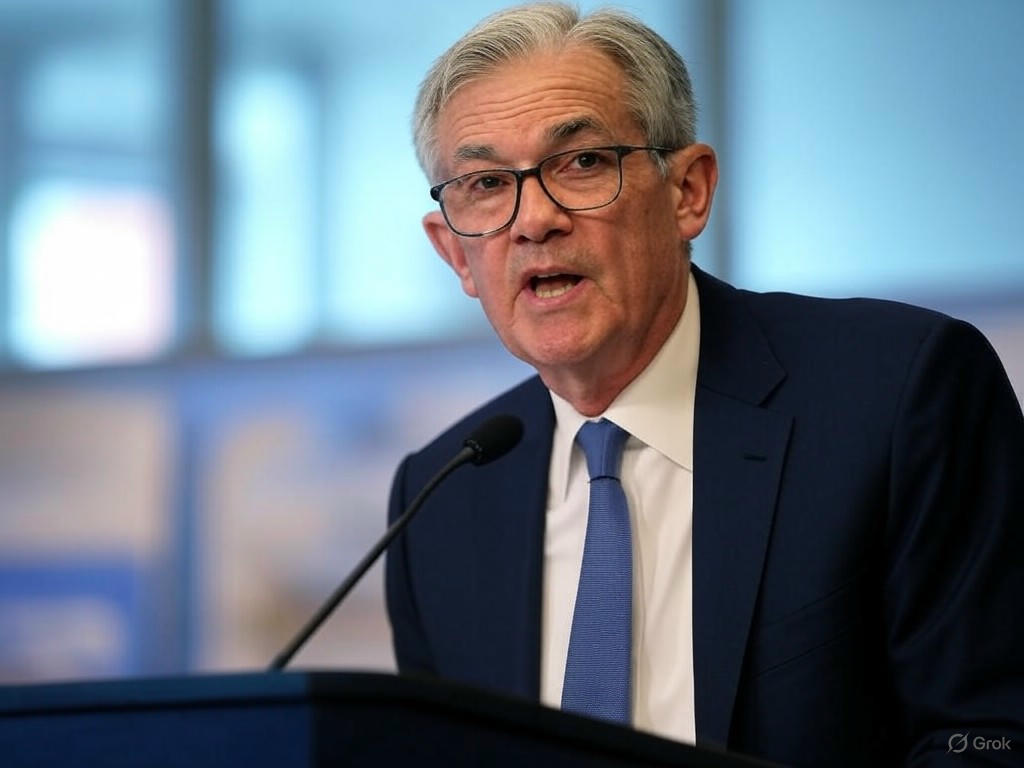The Federal Reserve, the cornerstone of U.S. monetary policy, finds itself at a crossroads as its officials grapple with differing perspectives on the timing of interest rate reductions. As the economic landscape shifts under the influence of political decisions, a notable rift has emerged within the central bank’s ranks. This division, fueled by uncertainty over the potential economic fallout from President Donald Trump’s proposed tariffs, signals a challenging road ahead for policymakers tasked with steering the nation’s economy.
At the heart of the debate is the question of how soon the Fed should ease its monetary stance by cutting interest rates. Some officials argue that a proactive approach is necessary to cushion the economy against potential shocks, particularly as Trump’s tariff policies threaten to disrupt trade and inflate costs for American businesses and consumers. They fear that sustained high tariffs could stoke inflationary pressures, slow growth, and necessitate earlier intervention through rate cuts. On the other hand, a more cautious faction within the Fed believes it’s premature to act. They advocate for a wait-and-see strategy, emphasizing the need to gather more data on the actual impact of tariffs before making sweeping changes to interest rates. This group worries that cutting rates too soon could overstimulate the economy and exacerbate inflation, creating a different set of problems.
The tariffs in question, aimed at protecting domestic industries by imposing hefty duties on imported goods, have sparked widespread debate beyond the Fed’s walls. While intended to bolster American manufacturing, critics warn they could lead to higher prices for everyday goods, strain international trade relationships, and ultimately hurt the very consumers they aim to protect. For the Federal Reserve, the challenge lies in balancing these uncertainties with its dual mandate of fostering maximum employment and maintaining price stability. The central bank must navigate uncharted waters, as the long-term effects of such trade policies remain unclear. Historical precedents, like past tariff implementations, offer limited guidance in a modern, globally interconnected economy.
Adding to the complexity is the broader economic context. With unemployment at relatively low levels and consumer spending showing resilience, some Fed members question the urgency of rate cuts. Yet, others point to warning signs—such as potential disruptions in supply chains and declining business confidence—as reasons to prepare for a softer monetary policy. The stakes are high, as missteps could either dampen economic momentum or fuel runaway inflation, both of which would have far-reaching consequences for American households and businesses.
As discussions within the Federal Reserve continue, the public and markets alike are left watching for signals of what’s to come. The central bank’s next moves will likely shape economic sentiment for months, if not years, ahead. Whether the Fed opts for caution or decisive action, one thing is certain: the path forward is fraught with uncertainty, and the decisions made today will echo through the U.S. economy for the foreseeable future.
